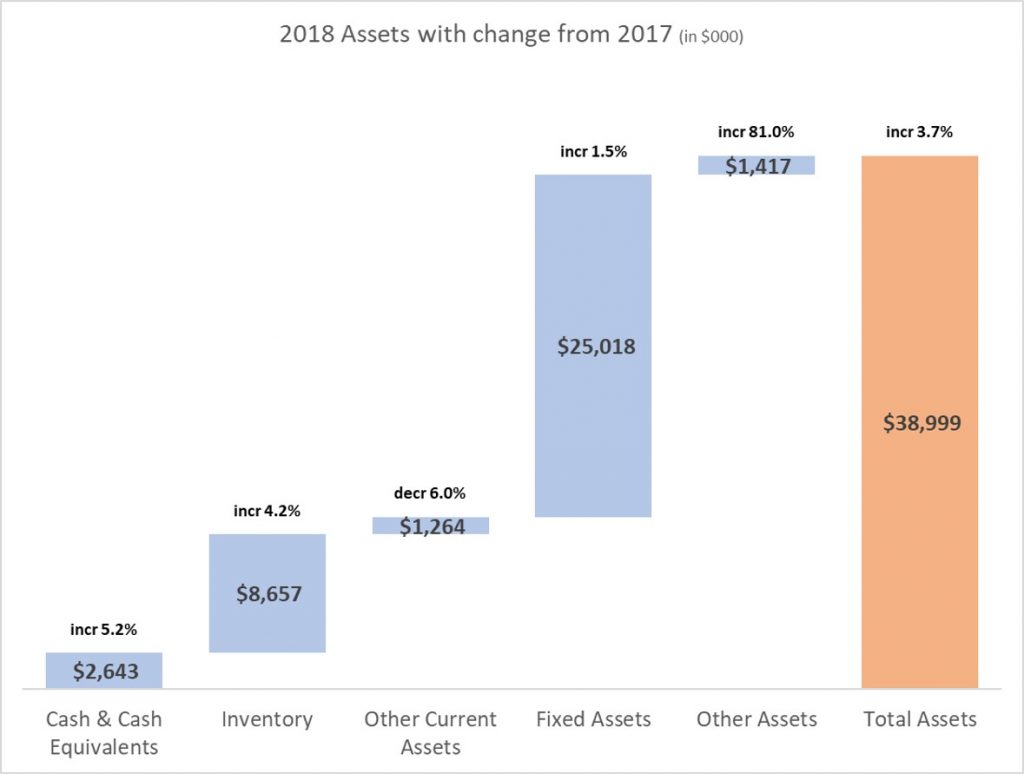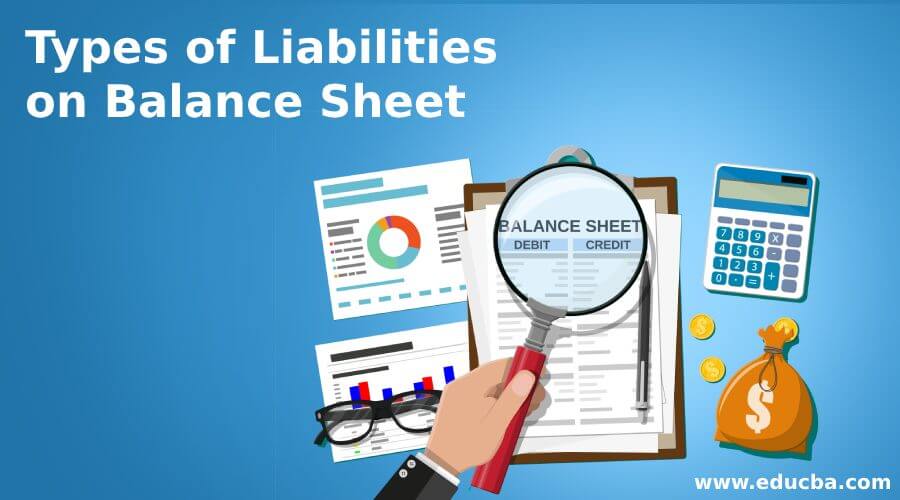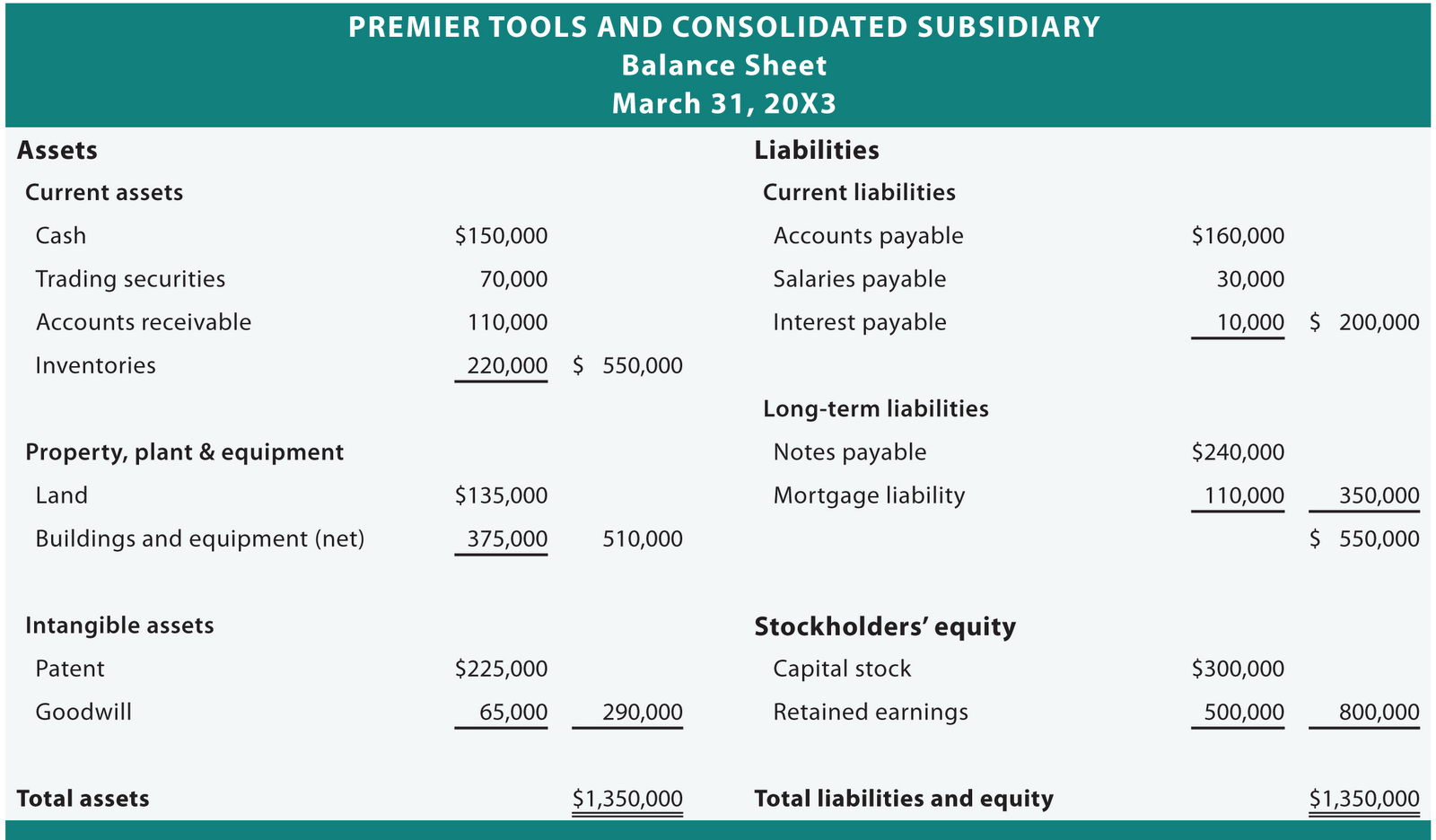Beautiful Info About Liabilities In Balance Sheet Cost Of Goods Sold For Nonprofits

This is a list of what the company owes.
Liabilities in balance sheet. Assets = liabilities + owners' equity. The balance sheet displays the company’s total assets and how the assets are financed, either through either debt or equity. In other words, the left and right sides of a balance sheet are.
Is a manufacturing concern which reported the following items in the balance sheet: Finance is provided by the owners through investments, banks, other financial institutions, suppliers. With assets listed on the left side and liabilities and equity detailed on the right.
This chapter looks at a government's balance sheet, showing the various types of assets and liabilities it contains. The company is legally responsible for such transactions or events. Balance sheets show assets, liabilities, and equity in a financial snapshot.
Current liabilities = accounts payable + short term debt + current portion of long term debt. Total assets = liabilities + owner’s equity where, liabilities = it is a claim on the asset of the company by other firms, banks, or people. Key takeaways total liabilities are the combined debts that an individual or company owes.
The balance sheet is based on the fundamental equation: A balance sheet is a financial tool used in business to determine a company’s assets and liabilities at a specific point in time (for instance, dec. Just as assets are categorized as current or noncurrent, liabilities are categorized as current liabilities or noncurrent liabilities.
Consistent with the equation, the total dollar amount is always the same for each side. Think of assets and liabilities as two sides of the same coin—or, in accounting terms, two sides of the same balance sheet. This can include all kinds of obligations, like money borrowed from a bank to launch a new product, rent for use of a building, money owed to suppliers for materials, payroll a company owes to its employees, environmental cleanup costs, or taxes owed to the government.
Assets = liabilities + equity. However, it is common to see three (listed in any order) at the top of the list: A company's balance sheet, also known as a statement of financial position, reveals the firm's assets, liabilities, and owners' equity (net worth).
Assets are listed on the left side of the balance sheet, while the liabilities. When settled, an entity will have an economic outflow. The order in which the current liabilities will appear on the balance sheet can vary.
Assets = liabilities + owners’ equity. Recorded on the right side of the balance sheet, liabilities include loans, accounts payable, mortgages, deferred revenues, bonds, warranties, and accrued expenses. Resources do not come free;
Liabilities and equity make up the right side of the balance sheet and cover the financial side of the company. 1 of the calendar year). The balance sheet formula states that the sum of liabilities and owner’s equity is equal to the company’s total assets.


















